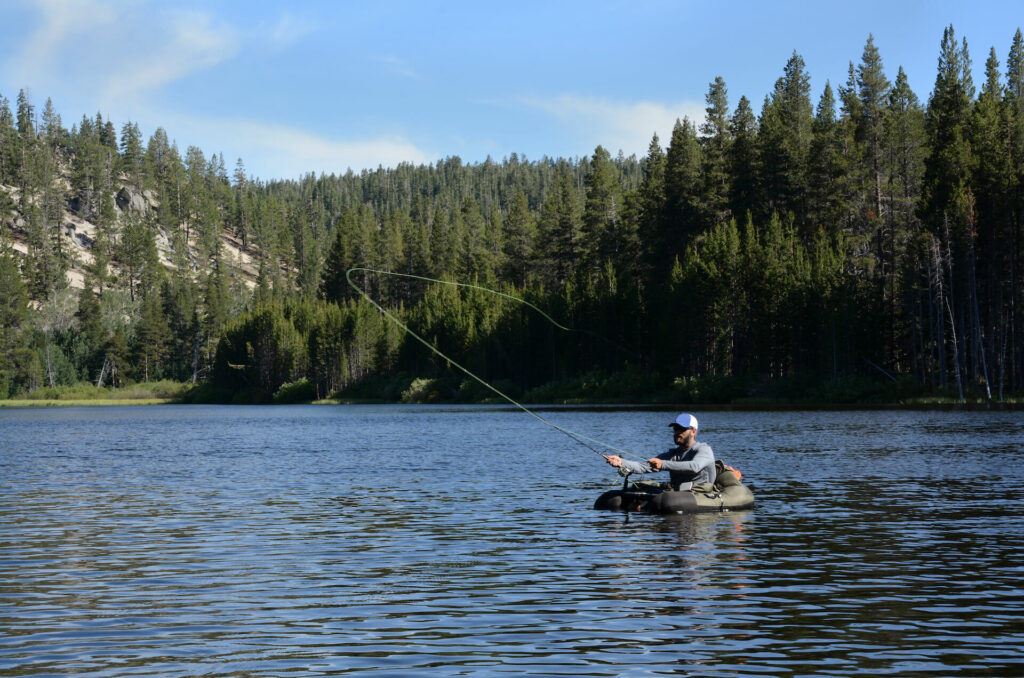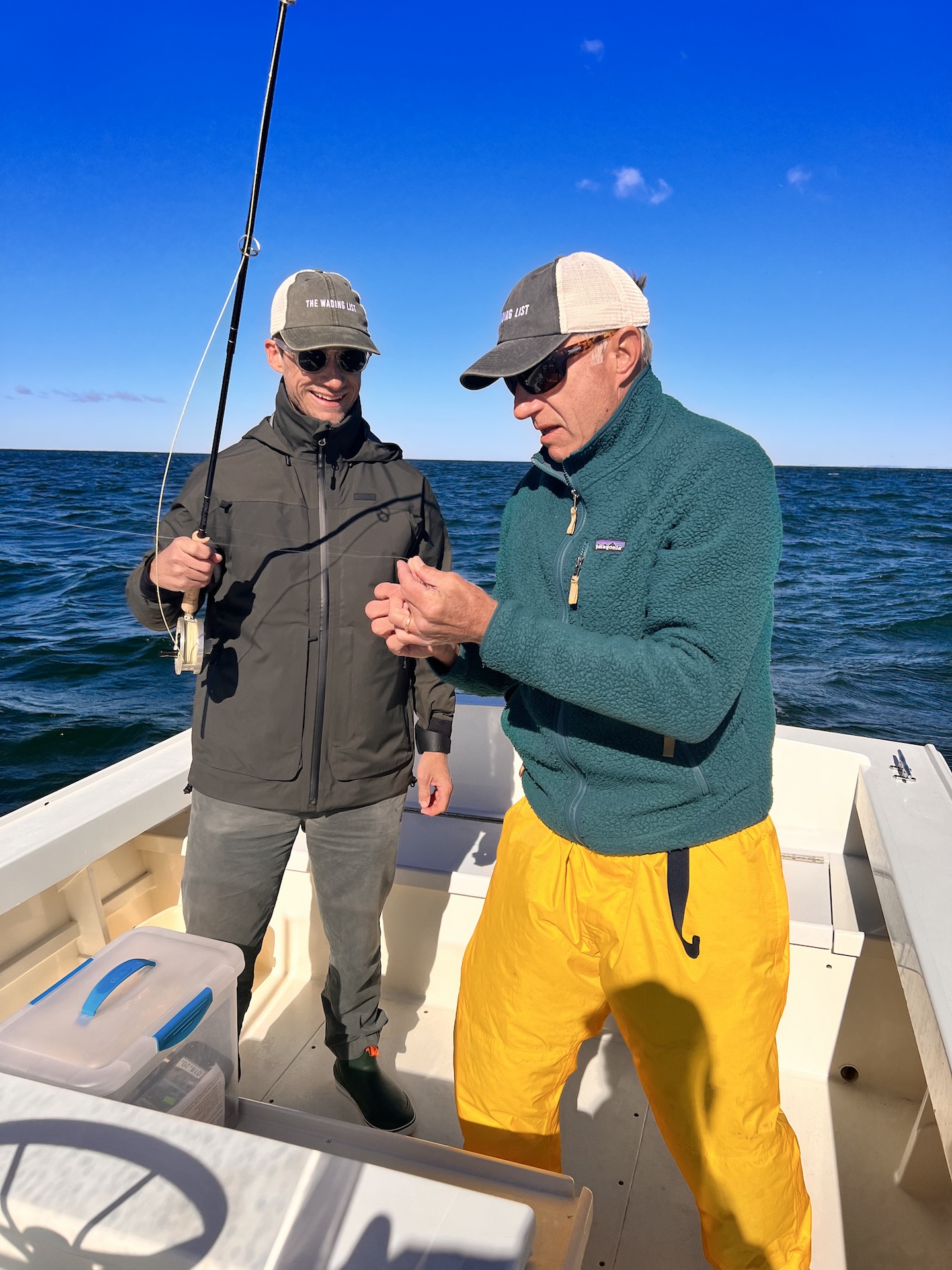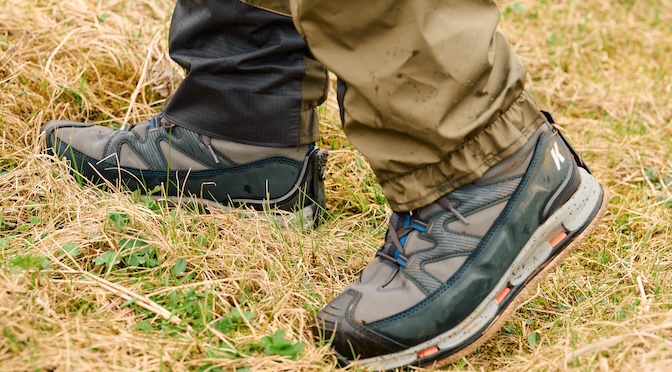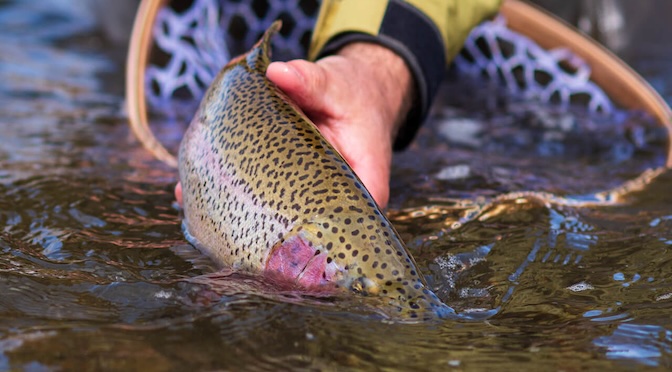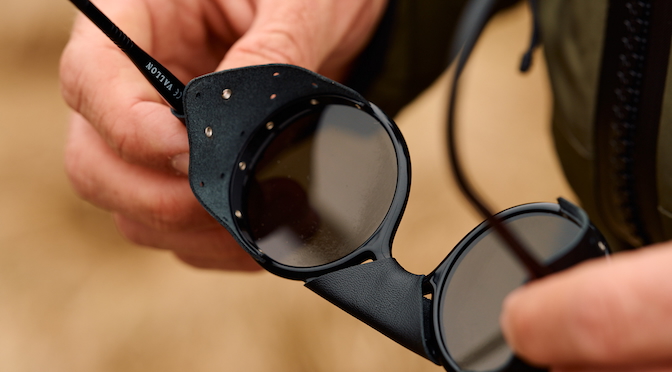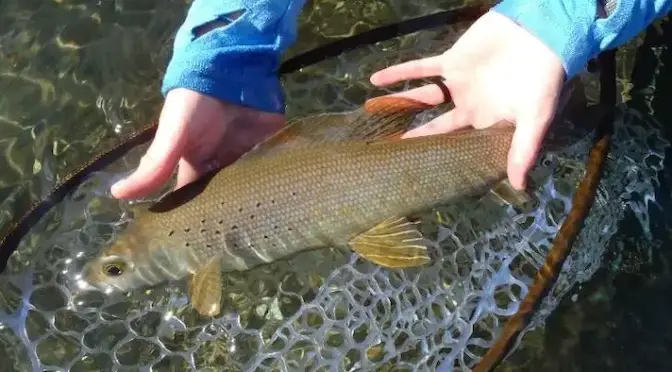Last updated on May 5th, 2024.
- Wading Wisdom #13 – Simon Gawesworth - July 7, 2025
- On the Water with the Korkers Bantam Lite - June 26, 2025
- How to Find Trout in Rivers & Streams Anywhere - June 13, 2025
What makes fly fishing unique is that you rely on the weight of the line to carry a nearly weightless fly to your target.
Getting to know the different types of fly lines and their specific purposes is essential for anglers at all levels.
Why is the Fly Line so Important?
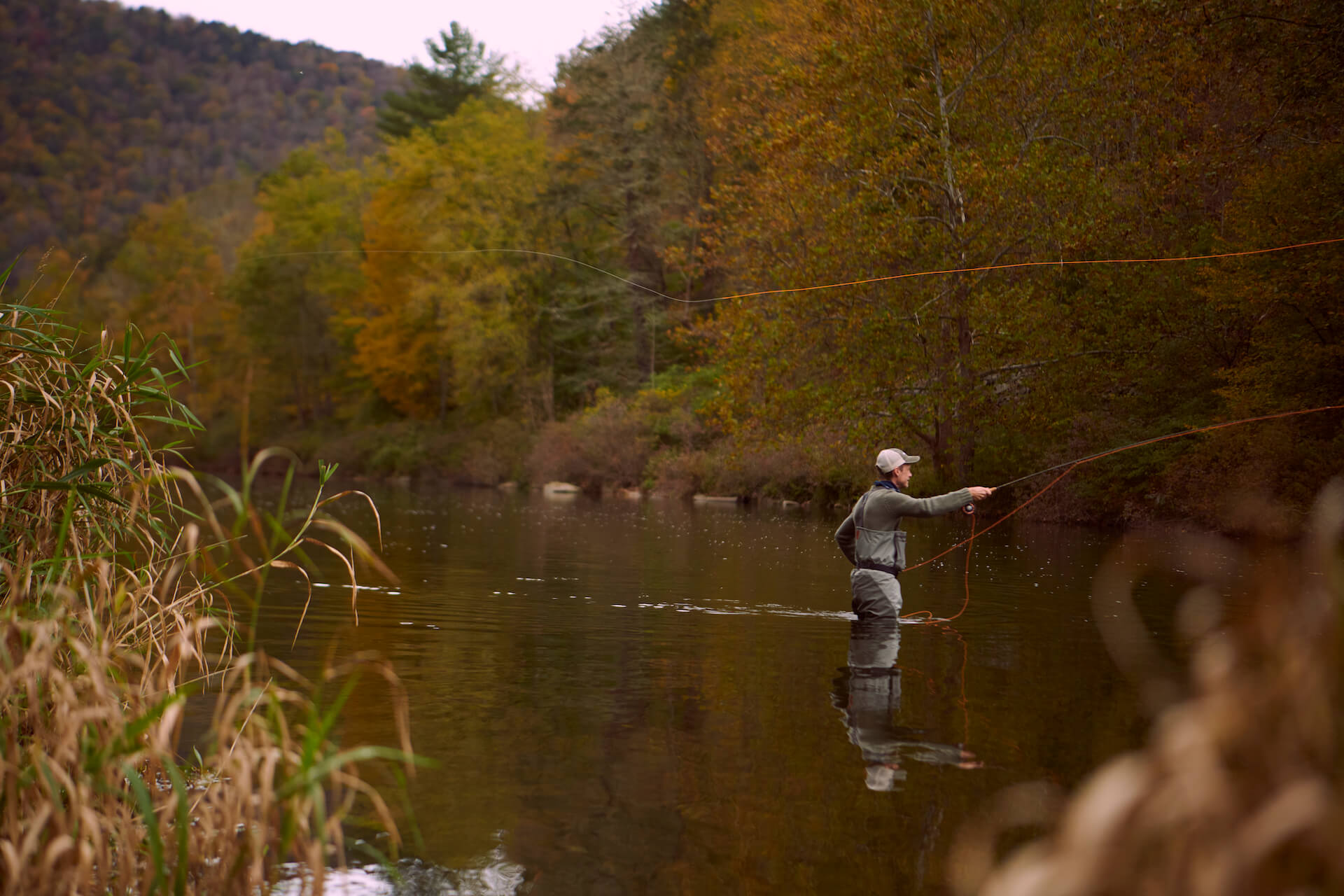
Think of a fly line as more than just a string to throw your fly; it’s a sophisticated tool crafted to deliver your fly exactly where you need it, either gently or with a bit of force, depending on what the situation demands. The right fly line improves your control over how the fly lands and helps you manage different environments and fish species. It’s designed to perform specific functions, like floating or sinking, and suits the type of casting you plan to do.
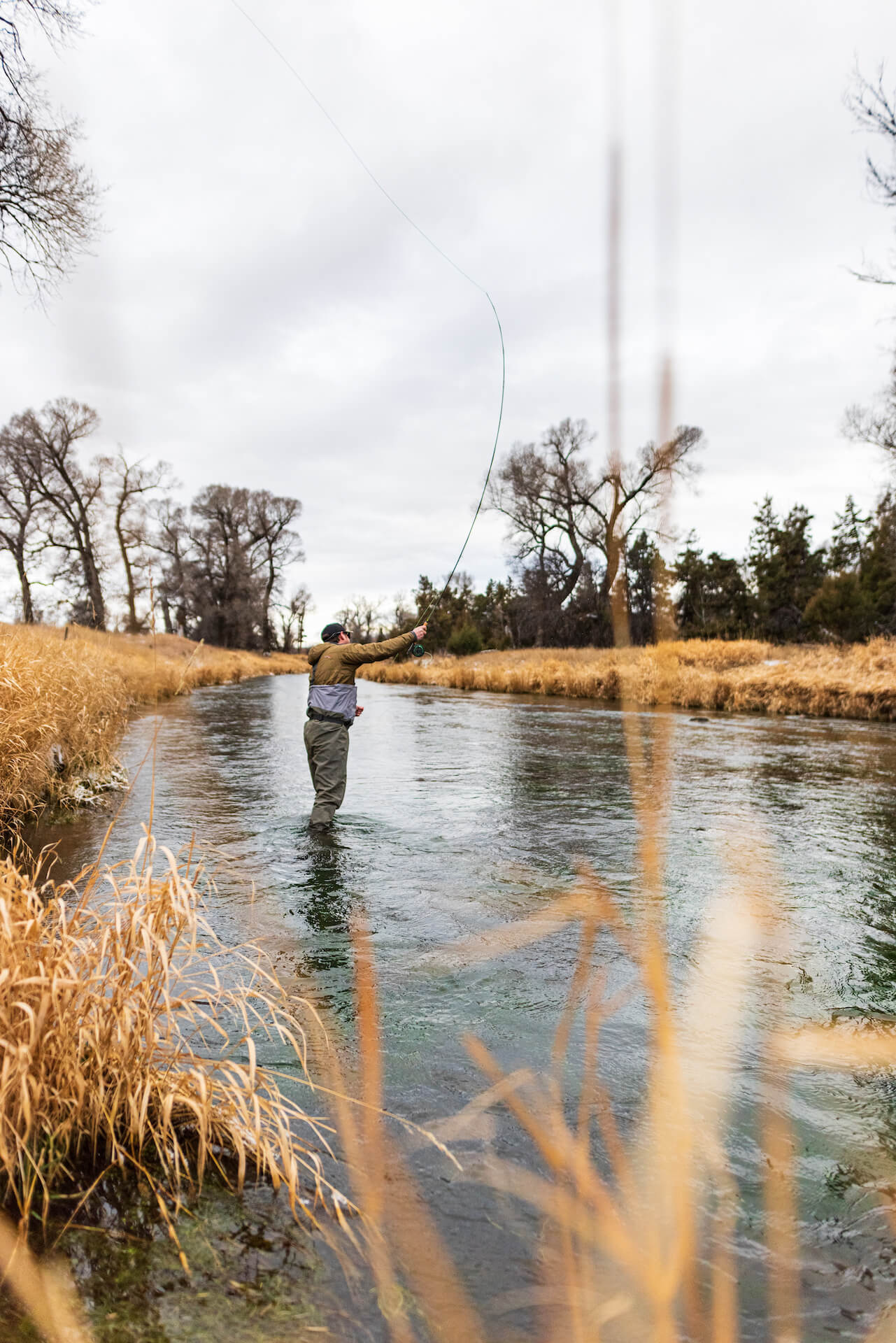
Single-Hand Fly Lines: What Are Your Options?
Weight Forward Fly Lines (WF)
What are they? These lines have a heavier and thicker front end which tapers to a thinner back end. This design helps you cast longer distances since the weight is concentrated at the front.
Why use them? They’re great for beginners because they’re easy to handle and work well in a variety of fishing scenarios. They work particularly well for streamer fishing. WF lines comes as floating lines, intermediate lines and sinking lines. This differentiation enables you to fish different depths of the water columns depending on the species you target.
Double-Taper Fly Lines (DT)
What are they? Double-taper lines are symmetrically tapered at both ends with a longer middle section that’s level. This design allows you to reverse the line if one end wears out.
Why use them? They’re excellent for making delicate presentations and are good for roll casting, though they aren’t the best for long-distance casting. I like them a lot for bamboo fly rods and fiberglass fly rods. They are also great for intermediate and advanced fly anglers to present a dry fly.
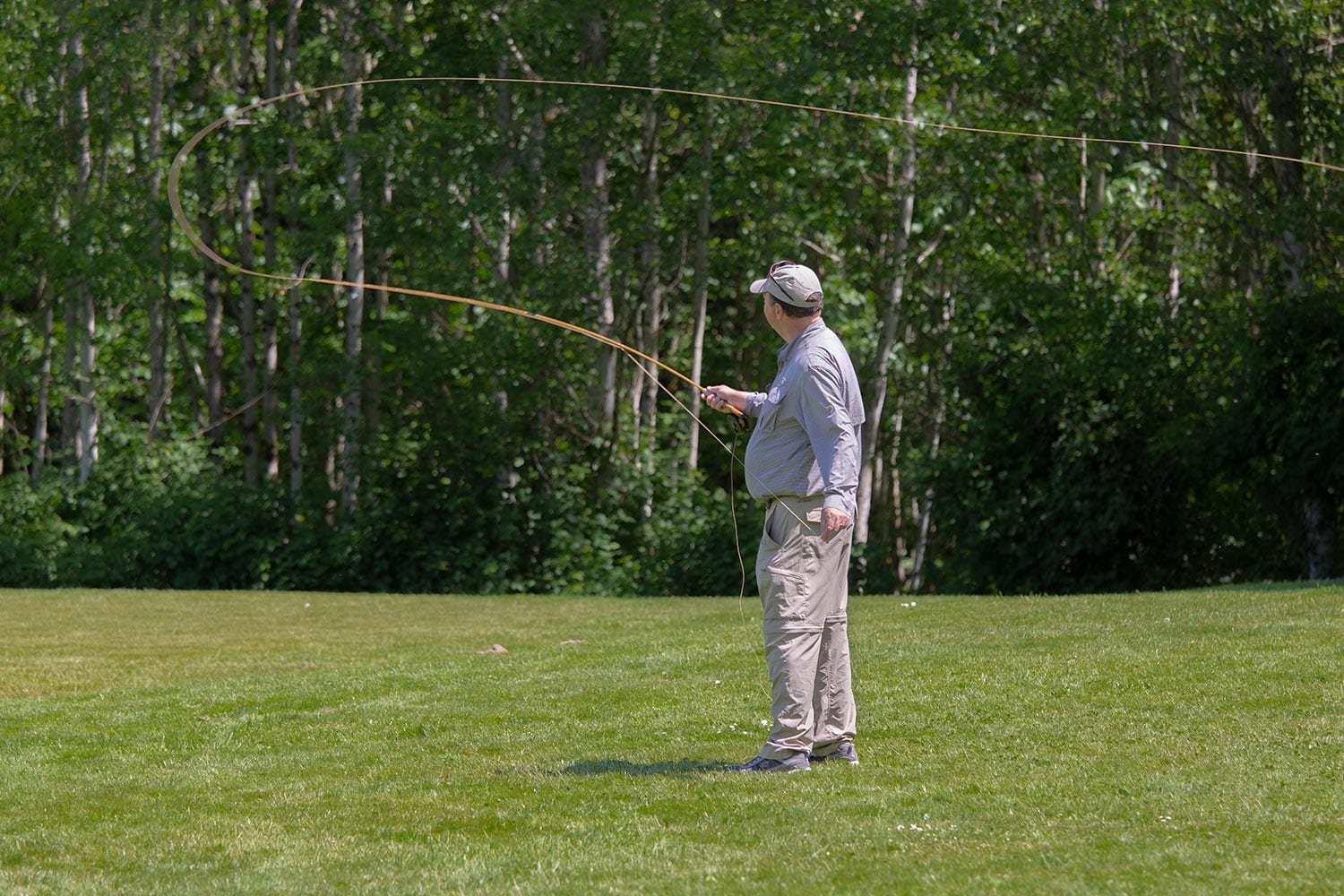
Shooting Heads
What are they? This line type has the main weight concentrated in the first 30 feet, followed by a thinner running line.
Why use them? Ideal for making long casts with minimal backcasting space. They’re especially handy in saltwater fly fishing and when targeting larger freshwater species. Just like weight forward lines, shooting heads come as floating, intermediate and sinking lines.
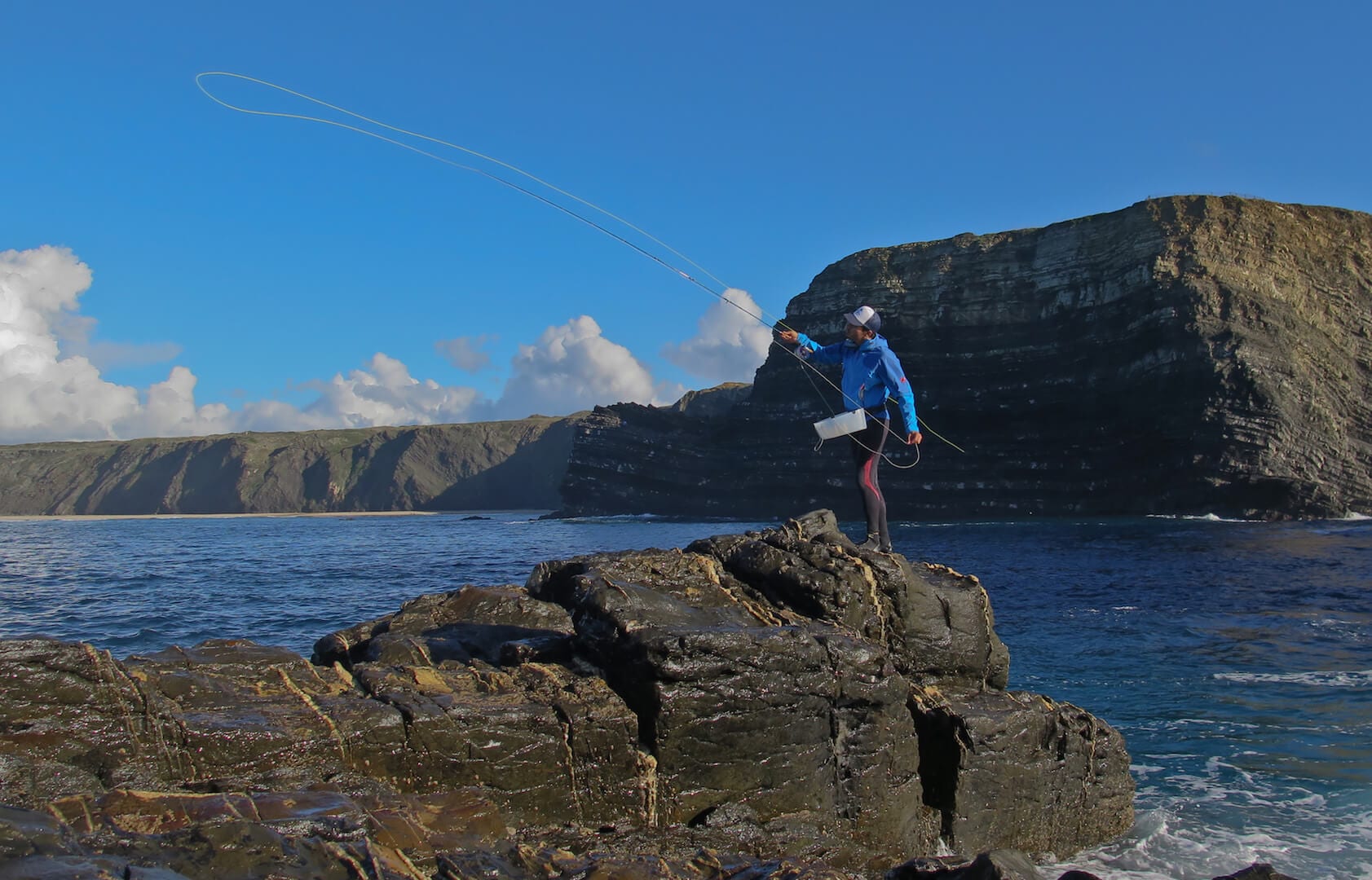
Fly Lines for Double-Handed Rods
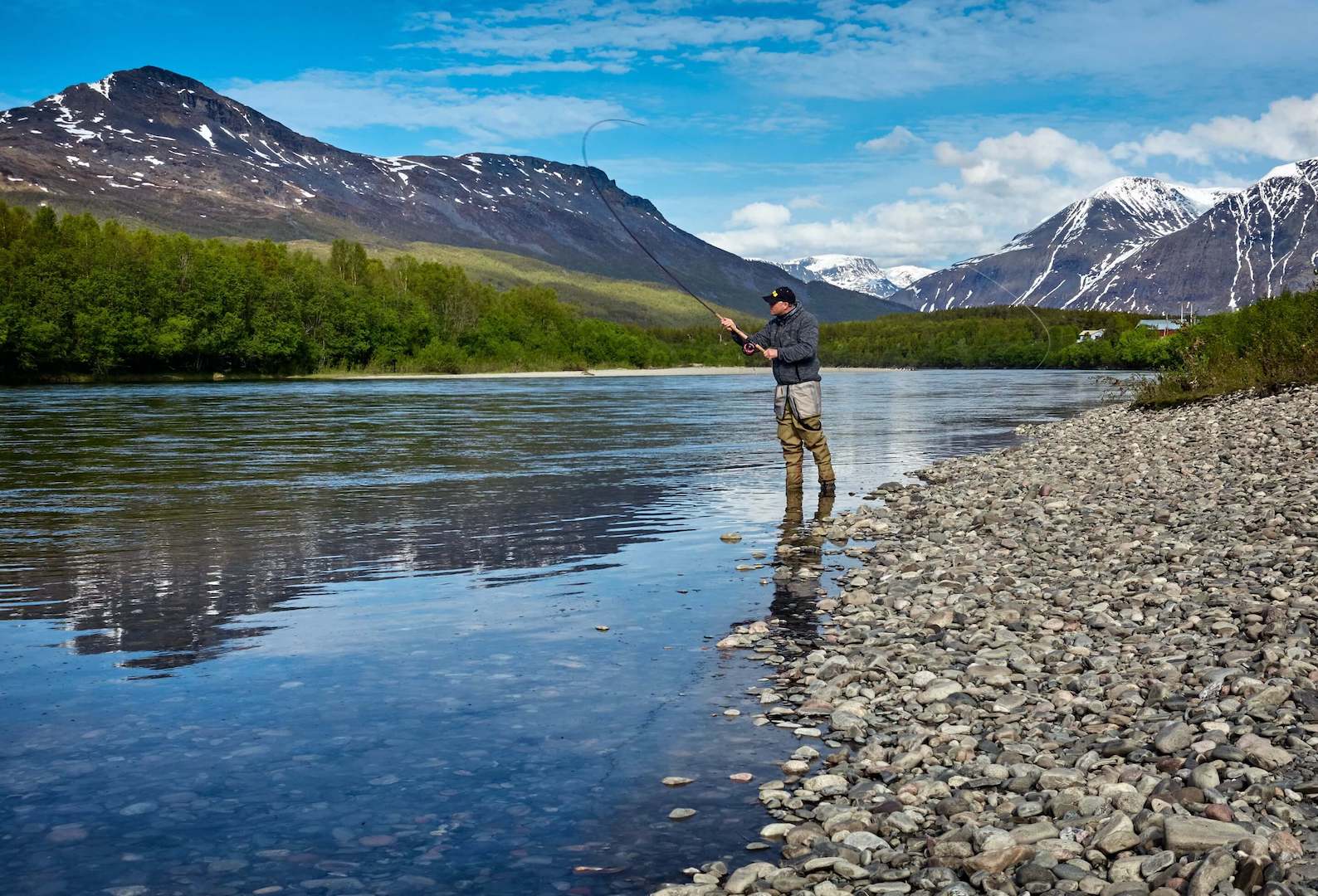
Double-handed rods, like those used for Spey casting, need a different type of line:
Spey Lines
What are they? These are longer and heavier, designed to complement the length and power of double-handed rods.
Why use them? Spey lines are perfect for casting large flies over long distances, especially useful in big rivers where you’re limited in backcasting space. For salmon fishermen, I recommend spey lines with interchangeable heads so you can adapt to the conditions. In colder, high water surroundings a sinking head might get you down to the fish whereas in the summer months, an intermediate or floating head might work better.
Specialty Fly Lines: Tailor Your Gear
Nymph Lines
What are they? These lines are longer with a unique taper that aids in placing nymphs precisely.
Why use them? They’re perfect for achieving the right depth and flow in streams, enhancing the natural movement of the nymph.
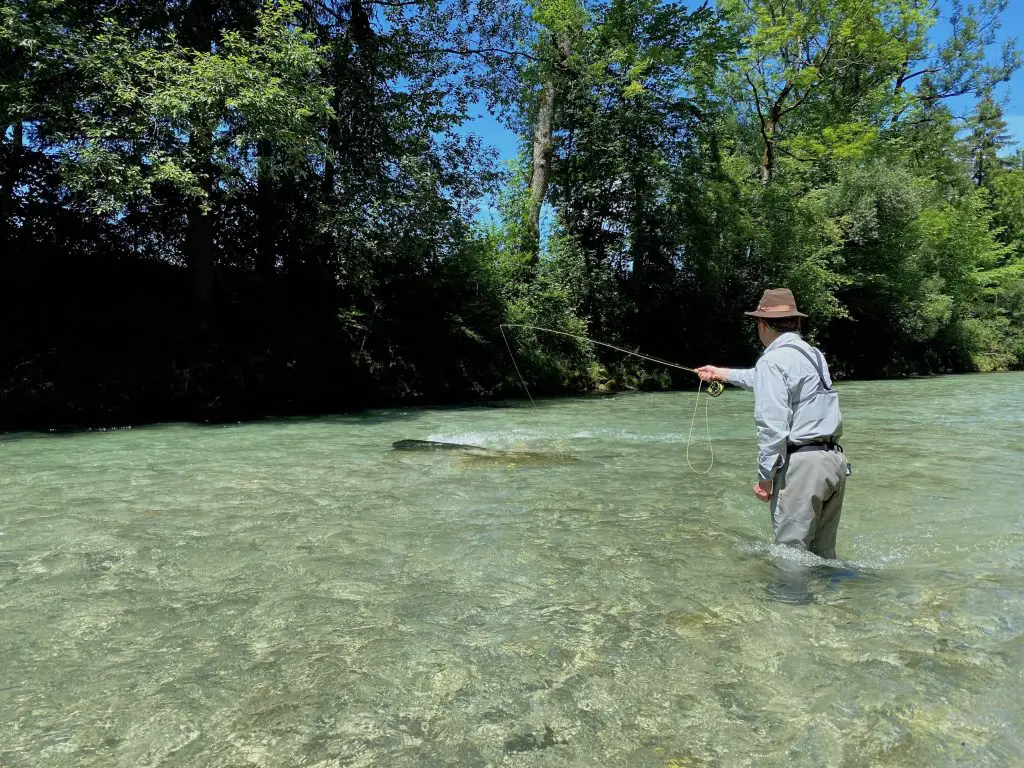
Wrapping It Up
Choosing the right fly line is crucial—it significantly influences your casting technique, the types of flies you can use, and ultimately your success in catching fish. With so many fly lines available, you can fine-tune your gear for any fishing condition or technique.
FAQs: Understanding Fly Lines
How do I pick the right weight fly line for my rod?
Always match the fly line weight to what’s recommended on your rod. This ensures optimal performance and balance.
Can I use double-taper lines for long casts?
Double-taper lines aren’t ideal for long casts. They excel in precision and delicate presentations for shorter distances.
What’s the biggest advantage of using a weight forward line?
Weight forward lines make casting easier and allow you to cast farther, especially in windy conditions or when using larger flies.
Why choose a nymph line over a standard floating line?
Nymph lines are specifically designed to enhance nymph fishing, offering better control over line placement and drift, making your nymph presentation more natural.
How often should I replace my fly line?
Depending on usage and maintenance, replace your fly line every 2 to 3 seasons, or sooner if it shows signs of wear or damage.

